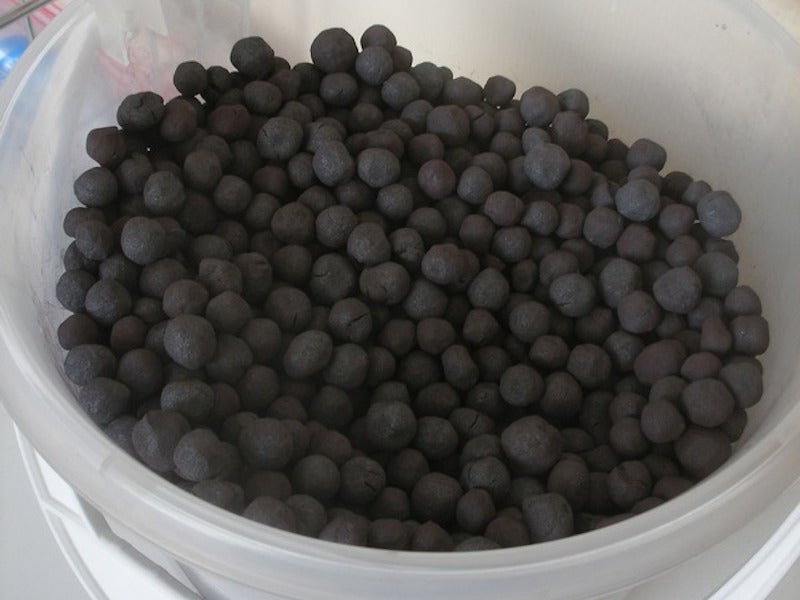The Pampa de Pongo project located on the southern coastal plain of Peru is a greenfield iron ore project being developed by Zhongrong Xinda through its subsidiary Jinzhao Mining Peru.
The Pampa de Pongo iron ore deposit was discovered by Rio Tinto during a drill test on a large magnetic anomaly identified by an airborne magnetic-radiometric survey in 1994.
Cardero Resource, the erstwhile owner of the Pampa de Pongo project agreed to sell its 100% interest in the property for $200m to Nanjinzhao Group, a private Chinese enterprise, in October 2008, while the transfer of ownership was completed in December 2009.
Zhongrong Xinda, the current owner of the property acquired the mining rights for the project in 2016. Its subsidiary Jinzhao Mining Peru serves as the operator of the project.
The environmental impact assessment (EIA) for the project was approved in January 2015 following the completion of a feasibility study earlier in 2013.
In July 2020, HBIS Resources, a unit of China’s second-biggest steelmaker HBIS Group, signed a deal with Zhongrong Xinda to jointly develop the mine as well as a deep-water port facility at Playa Sombrerillo approximately 14 km north of Lomas.
The total investment for the project is estimated to be approximately £1.68bn ($2.2bn). The construction works are expected to be started in 2021 with the start of mining operations expected in 2024.
Project location and geology
The Pampa de Pongo iron ore project lies in the Caraveli province in the Arequipa region of Peru, approximately 50km south of Nazca and 550km southeast of the capital city of Lima. It consists of eight adjoining mining concessions and 10 mining claims covering a total area of approximately 15,300ha.
The project site is readily accessible via secondary roads from the Pan American Highway on the western boundary of the property.
The Pampa de Pongo deposit is located in the Marcona (Fe-Cu) District within the Coastal Basal Complex, which is underlined by gneisses, potassium-rich granites, and migmatites in the western and southern parts. Large areas of Pampa de Pongo are underlined by extensive Lower Cretaceous Coastal Batholith.
Mineralisation and reserves
The Pampa de Pongo is a magnetic skarn-type deposit with mineralisation occurring in semi-massive to massive magnetite replacement zones with minor sulphides and specular hematite. The alteration minerals include apatite, serpentine, talc, epidote, chlorite, magnesite, dolomite, calcite, actinolite, albite, tourmaline, garnet, phlogopite, biotite, sericite, and K-spar.
The total proven and probable reserves at the Pampa de Pongo iron ore project are estimated to be 910.5 million tonnes (Mt) grading 38.6 % Fe (Iron), 0.06 ppm Au (Gold) and 0.1% Cu (Copper).
Mining and ore processing
The Pampa de Pongo will be a surface open-pit mining operation in the first stage of the mine development
The run-of-the-mine (ROM) ore will be processed at a nearby concentrator facility capable of producing approximately 30 million tonnes per annum (Mtpa) of magnetite concentrate grading 63.30% Fe.
The extracted ore material will undergo primary crushing in a gyratory crusher and stockpiled. The ROM stockpile will be transported for grinding via conveyor belts to two semi-autogenous grinding (SAG) mills which in turn will feed two ball mills.
The SAG screen undersize and discharge from the ball mill will be fed into cyclone clusters. The cyclone underflow will be reintroduced to a ball mill while the cyclone overflow will pass through rougher magnetic separation.
The rougher and finisher magnetic separator tailings will be introduced to a sulphide froth flotation circuit to recover the copper and gold content. The froth concentrated mixture will be vacuum filtered to produce a copper-gold concentrate.
The concentrated magnetite will also undergo a sulphide froth flotation circuit to remove residue sulphide minerals. The finisher magnetic concentrate from the magnetic separation circuit will undergo thickening and the thickener underflow will be transported to the pellet plant concentrate slurry tank to undergo Flux addition.
The concentrate slurry tank underflow will feed vacuum disk filters to produce an iron ore concentrate. The concentrate will be fed to traveling grate induration machines to produce indurated iron ore pellets.
Contractors involved
The feasibility study for the project was completed by SRK Consulting.
Anddes was contracted to provide physical stability update of the Zone 2 pit, investigation and analysis of the beneficiation plant, as well as geotechnical research for foundation purposes of the tailings deposit.





